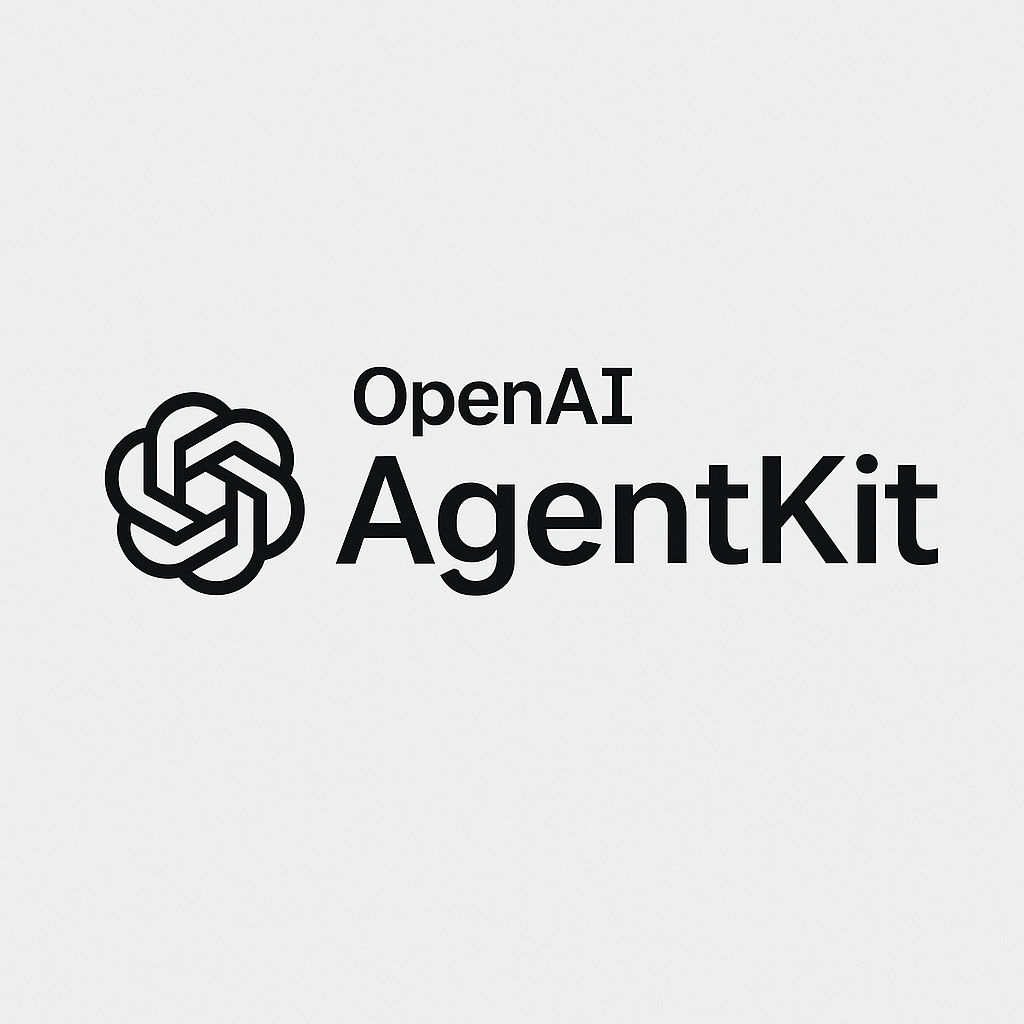Quick-Deploy AI Agents That Transform B2B Sales GTM
# Quick-Deploy AI Agents That Transform B2B Sales GTM
Most revenue leaders deploy AI tools the way they buy software: marketing gets a content generator, sales adopts conversation intelligence, customer success implements ticketing automation. Each team optimizes its own metrics while pipeline velocity stays flat and late-stage conversion rates don't budge.
The gap between AI adoption and AI impact comes from treating agents as point solutions instead of interconnected systems. This guide covers five quick-deploy use cases that show ROI within 30 days, the data prerequisites that determine success or failure, and the rollout framework that turns isolated pilots into compounding GTM improvements.
## What Are AI Agents In B2B GTM
AI agents are autonomous software that executes GTM tasks without requiring human intervention for each decision. Think of them as digital team members that analyze data, make context-aware choices, and take action across your sales and marketing platforms.
The difference from basic automation matters. Traditional automation follows rigid if-then rules. An AI agent adapts based on what it learns. When a prospect downloads your whitepaper, basic automation sends the same follow-up email to everyone. An AI agent looks at company size, tech stack, past engagement, and buying signals to personalize the timing and message. Then it watches what happens and adjusts its approach for similar prospects next time.
These systems work across your entire GTM stack. They pull data from Salesforce, HubSpot, Gong, and your customer success platform to build complete pictures of accounts. Then they act: scoring leads, routing opportunities, drafting emails, flagging churn risks, updating forecasts.
## Why Quick-Deploy Agents Beat Point Tools On Pipeline Lift
Most companies buy AI tools in isolation. Marketing gets a content generator. Sales adopts Gong or Chorus. Customer success implements an AI ticketing system. Each team optimizes its own numbers without seeing how these tools interact.
This creates what looks like progress but delivers fragmented value. Your marketing AI generates leads that don't match the scoring criteria your sales AI uses. Insights from sales call analysis never make it back to marketing messaging. Customer success learns why deals churn, but product positioning doesn't change.
The numbers tell the story. [70% of companies report moderate or full AI adoption](https://www.iconiqcapital.com/growth/reports/state-of-go-to-market-2025) in GTM workflows. Yet many still struggle with late-stage conversion. Having 25 apps connected to Salesforce doesn't mean anything if they don't share insights that compound across your revenue engine.
Quick-deploy AI agents solve this through feedback loops. An agent scores leads, which influences who sales calls first. Those calls produce conversion data that improves scoring accuracy. Closed deals generate customer success metrics that inform product development. Product improvements change how marketing talks about your solution. The cycle repeats.
Each part feeds the others. [AI-native companies significantly outpace non-AI peers in topline growth](https://www.iconiqcapital.com/growth/reports/state-of-go-to-market-2025) because they design for these compounding effects from day one rather than bolting AI onto existing processes.
## Five GTM Use Cases That Deliver Pipeline Wins In 30 Days
These implementations show ROI fast because they plug into what you already do.
### 1. Lead Scoring And Routing
AI agents analyze website behavior, email opens, content downloads, and company data against your historical win-loss records. They qualify prospects automatically and route qualified leads to the right rep based on territory, deal size, or specialization. Lower-fit leads go to nurture sequences.
Companies typically see 20-30% improvements in sales efficiency within the first month. Reps spend time on prospects who actually want to buy instead of chasing dead ends.
### 2. Outbound Email Sequencing
The agent researches prospects across LinkedIn, company websites, news sources, and your CRM. It identifies pain points, recent company news, and mutual connections. Then it writes email sequences that reference specific context instead of generic value props.
Send timing gets optimized based on engagement patterns. Messaging adjusts based on reply rates. You'll see 2-3x higher responses compared to manual outreach because personalization scales without quality dropping.
### 3. Meeting Follow-Up Drafting
After sales calls, the agent summarizes discussion points, action items, and next steps from Gong or Chorus recordings. It drafts follow-up emails that keep deals moving and make sure nothing gets forgotten.
This eliminates 2-4 hours per week of admin work while improving buyer experience through faster responses.
### 4. Renewal Risk Alerts
Customer success agents monitor login frequency, support ticket volume, feature adoption, and engagement trends. They flag at-risk accounts before churn happens by catching early warning signals like declining usage or increased escalations that humans miss.
The alerts come with specific context about what changed and when. Companies reduce churn by 15-25% through earlier intervention.
### 5. Forecast Update Automation
Revenue operations agents track deal stage changes, close date shifts, and probability adjustments across your pipeline. They pull updates into centralized reports and flag deals that need attention based on velocity changes or competitive threats.
This replaces 5-10 hours per week of manual forecast updates while improving accuracy by 10-15%.
## Data And Integration Checklist Before You Hit Launch
AI agent performance depends entirely on input quality. Clean data beats fancy algorithms every time.
Start with CRM field hygiene. Standardize values for industry, company size, deal stage, and close reason. Remove duplicate records. Agents trained on messy data produce messy results.
Next, verify API and webhook access. AI agents read from and write to your CRM, marketing automation, and conversation intelligence tools. Work with IT to establish secure connections and trigger points.
Pull 12-18 months of closed deal records with outcome reasons. Agents use this historical data to spot patterns in wins versus losses. Include deal size, sales cycle length, stakeholder count, and competitive displacement.
Create Slack or Teams channels for agent notifications. Reps need visibility into agent actions without switching platforms. Set up channels for lead alerts, risk flags, and forecast updates.
Define governance and permissions. Decide who can modify agent behavior and establish approval workflows for sensitive actions. Document escalation protocols for edge cases.
## Step-By-Step Rollout Plan For Your First Agent Pilot
This four-week timeline proves value without betting the farm.
### Week 1 Scope And Success Criteria
Pick one use case based on your biggest GTM bottleneck. Choose 5-10 reps who like trying new tools and represent your broader team. Establish baseline metrics for the workflow you're targeting: current conversion rates, response times, or forecast accuracy.
Write down what success looks like numerically. "Better results" doesn't count.
### Week 2 Configure And Train
Set up agent parameters using your historical data and business rules. Connect data sources and establish decision logic. Configure notifications and output formats that match existing workflows.
Run the agent against past scenarios to validate it produces sensible recommendations. Adjust parameters based on these test runs before going live.
### Week 3 Shadow Mode Validation
Run agent recommendations alongside human decisions without taking automated actions. Compare agent outputs to what reps would do manually. Track accuracy and identify edge cases where the agent struggles.
Use this week to build rep confidence through transparency. Show them how the agent thinks and where it adds value versus where human judgment wins.
### Week 4 Go-Live And Feedback Loop
Enable automated actions for your pilot group. Hold daily check-ins the first week to address questions and adjust settings. Create a feedback channel where reps report issues or suggest improvements.
Monitor your success metrics against baseline. Calculate ROI based on time saved, conversion improvements, or risk reduction.
## Metrics That Prove Signal ROI To Your Board
Move beyond activity metrics to outcomes that matter to executive leadership.
Pipeline velocity measures how fast opportunities move through your funnel. Track days from lead to opportunity, opportunity to closed-won, and overall sales cycle length. AI agents typically cut these timelines by 15-30% through faster qualification and follow-up.
Conversion rates at each funnel stage show where agents improve efficiency. Measure lead-to-opportunity, opportunity-to-closed-won, and overall lead-to-customer conversion. Look for 10-20% improvements in targeted stages.
Customer lifetime value captures compounding effects of better targeting and retention. Track revenue per customer, expansion rates, and churn reduction. AI agents improve LTV by 20-40% through accurate ICP matching and proactive risk management.
| Metric | Pre-Agent Baseline | Post-Agent Target | Timeline |
|--------|-------------------|-------------------|----------|
| Pipeline Velocity | 90 days | 65-75 days | 60-90 days |
| Lead-to-Opp Conversion | 12% | 15-18% | 30-60 days |
| Customer LTV | $45K | $55-65K | 90-180 days |
| Forecast Accuracy | 72% | 82-88% | 30-45 days |
## Common Pitfalls And How To Dodge Them
Real implementations reveal predictable failure patterns.
Messy data inputs kill agent performance. If your CRM contains inconsistent values, duplicates, or incomplete histories, agents trained on this data produce unreliable recommendations. Spend two weeks cleaning data before launch instead of troubleshooting accuracy issues for six months.
Over-automating sensitive touchpoints backfires. Keep humans involved in enterprise deals over $100K or customer escalations. AI agents excel at repetitive tasks and pattern recognition but lack judgment for complex negotiations. Define clear boundaries where automation stops.
Ignoring rep feedback tanks adoption. If reps see the agent as extra work or low-quality output, they'll work around it. Establish feedback loops where rep input influences agent improvements within days, not quarters.
One-size KPI tracking misses the point. Product-led growth companies care about activation rates. Enterprise sales teams focus on deal size and win rates. Define metrics that align with your revenue model instead of copying generic benchmarks.
Annual contracts with immature vendors create risk. The AI agent market evolves fast. Negotiate quarterly contracts or pilots with clear exit clauses until vendors demonstrate sustained product development.
## Human-AI Workflow Design That Reps Actually Adopt
Design handoff points where AI agents surface insights and humans make decisions. An agent researches accounts and drafts email copy, but the rep reviews before sending. The agent flags at-risk customers with context, but the CSM determines intervention strategy.
This builds trust through transparency. Reps see how agents think and where they add value. They maintain control over customer relationships while eliminating research and admin work that consumed 40% of their time.
Create feedback mechanisms where rep actions improve agent performance. When a rep overrides a recommendation, capture why. When they modify agent-drafted messaging, identify patterns. Use this data to refine agent behavior continuously.
The wins come from positioning agents as research assistants and admin support, not autonomous decision-makers. Reps focus on conversations while agents handle data analysis, content creation, and system updates.
## Selecting The Right Vendor Without Long-Term Lock-In
Look beyond licensing fees to implementation costs, training time, and ongoing maintenance. Some vendors charge $50K annually but require $100K in professional services and six months of IT resources. Others offer $15K packages with self-service setup and 30-day time-to-value.
Verify you can extract your data and switch vendors if needed. Review API documentation to confirm you maintain ownership of training data, conversation histories, and agent configurations. Avoid platforms that create proprietary formats or restrict exports.
Confirm SOC 2 Type II certification, GDPR compliance, and industry-specific requirements like HIPAA or FedRAMP. Review data residency options for regulated markets. Validate encryption standards for data in transit and at rest.
Request case studies from companies with comparable GTM complexity and scale. A reference from a 20-person startup doesn't validate capability for a 500-person sales org. Ask for specific metrics: pipeline velocity improvements, conversion rate lifts, time savings.
**Tip:** Negotiate proof-of-concept periods where you test agents on historical data before committing to full deployment. This reveals vendor responsiveness and product maturity without risking live customer interactions.
## Turn First Wins Into An AI-Native GTM System
After your first pilot delivers results, expand to adjacent use cases that share data sources. If lead scoring worked, add routing optimization using the same qualification logic. If meeting follow-up succeeded, implement renewal risk alerts using similar conversation analysis.
Build feedback loops between agents so insights from one inform decisions in another. Sales conversation themes influence marketing messaging. Customer success risk signals trigger sales team interventions. Product usage patterns refine lead scoring models.
This evolution from pilot to system requires thinking beyond individual tool performance to interconnected workflows. You're designing for compounding improvements where each agent makes the others more effective.
**Ready to assess your GTM readiness for AI agents?** Take our [GTM AI Agent Process Assessment](https://www.aiagentstrategy.com/tools/gtm-ai-agent-process-assessment) to identify your highest-impact starting point.
## Frequently Asked Questions About B2B AI Agents
### Do AI agents replace SDR headcount?
AI agents augment SDR productivity instead of eliminating roles. Reps focus on qualified prospects while agents handle research, initial outreach, and follow-up sequences. Most companies redeploy SDR capacity to account-based strategies or move reps into closing roles rather than cutting headcount.
### How much historical data do AI agents need to be effective?
Most agents perform well with six months of clean CRM data covering closed deals, lost opportunities, and customer outcomes. Quality beats quantity. One hundred well-documented deals with clear win-loss reasons train better models than 1,000 records with inconsistent fields.
### Can I run an AI agent pilot without engineering resources?
Modern platforms offer no-code setup for standard use cases like lead scoring, email sequencing, and meeting follow-up. You'll need IT support for API connections and security reviews, but implementation doesn't require dedicated engineering. Plan for 10-15 hours of technical support during initial configuration.
### What happens when AI agent performance drifts over time?
Performance monitoring and retraining protocols maintain accuracy as your business evolves. Most platforms include automated drift detection that flags when recommendations diverge from rep actions or conversion rates decline. Establish quarterly reviews where you update training data with recent deals and adjust decision logic based on market changes.
Page Sands
Founder & Principal, SandsDX (AI-First GTM Consulting)
Helping B2B teams scale by removing friction through simplicity and systems thinking.










